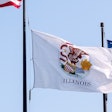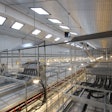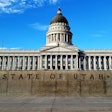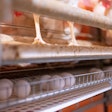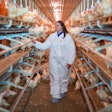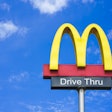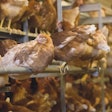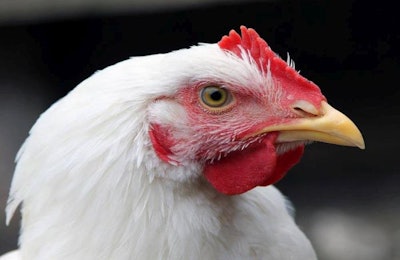
At IPPE 2017, we talked to Hannah Thompson-Weeman, vice president of communications of Animal Agriculture Alliance, a nonprofit committed to bridging the communication gap between farm and fork.
Thompson-Weeman will be doing a presentation later this week at IPPE about securing the poultry industry’s future and protecting against the threats from animal rights activist organizations.
“Everything we do is with the focus of securing the future of animal agriculture and bringing everyone in animal agriculture culture together to collaborate and figure out how we can get ahead in problems facing our industry,” says Thompson-Weeman.
Thompson-Weeman is quick to point out that there’s a big difference between animal rights and animal welfare.
“[Animal rights] groups really capitalize on the fact that your general consumer is very disconnected from animal agriculture. Grocery shoppers, people preparing food, even people in decisionmaking positions at restaurants and retailers and food service companies are very disconnected from animal agriculture,” she says. “These people haven’t seen farms firsthand...they don’t know much about the industry, so that leaves them susceptible to believing some of the myths and misinformation that is spread by these activist organizations.”
Animal rights issues
During the last several years, animal rights activists have had a significant impact on the industry when it comes to the issue of cage-free eggs.
“These orgs very effectively used a variety of different campaigns to push college campuses, food service companies, restaurants and finally retailers to make commitments to only serve or purchase eggs from cage-free operations," she says. "As a producer, you know that that’s a very big challenge that producers are having to rise up to. It adds a lot of costs and really doesn’t necessarily have a direct tradeoff for animal welfare. Animal welfare is a lot more complicated than just a housing system.
However, Thompson-Weeman explains that the groups’ goal is not about animal welfare or animal care. According to Thompson-Weeman, it’s about making production less efficient and driving up costs. Now that cage-free egg policies have been adapted by multiple retailers and restaurants, animal activist groups are turning their attention to another issue: slower growing broilers.
What you can do
While research is still out about the benefit of slower growing broilers for the animals, Thompson-Weeman explains that poultry producers need to be proactive and get ahead of this issue.
“I really encourage you throughout your supply chain--wherever you get your birds from, whoever you contract with, wherever those birds end up--there needs to be open lines of communication and that relationship with restaurants and retailers is just so critical. So now is the time to be reaching out, having discussions, hosting farm tours and any way that we can take the mystery away from production.”
Watch the full video below to hear more about what Thompson-Weeman has to say about this important issue.









